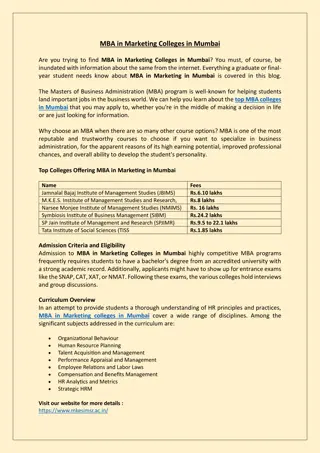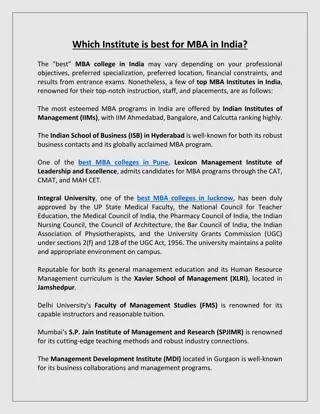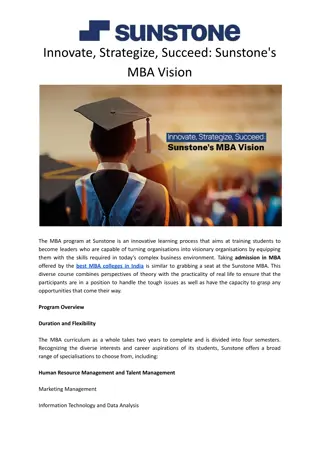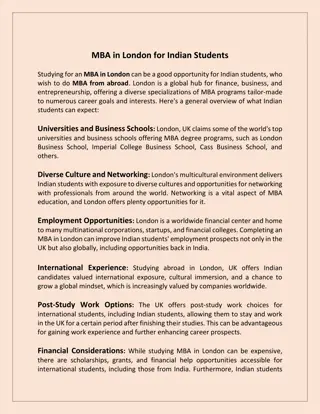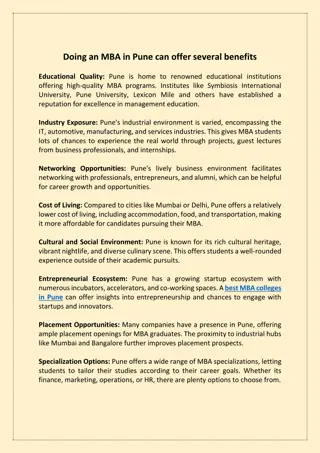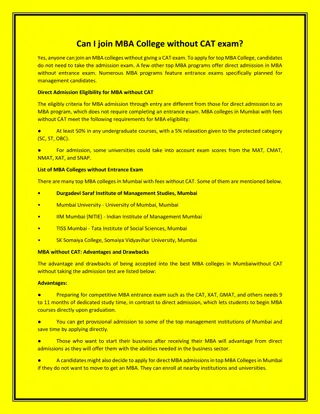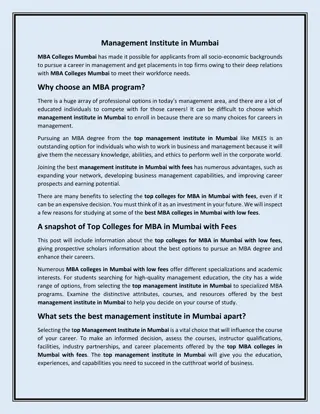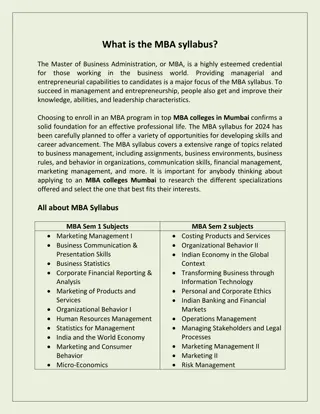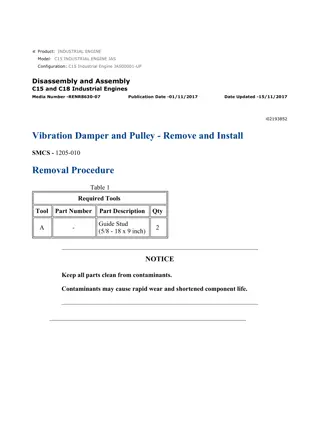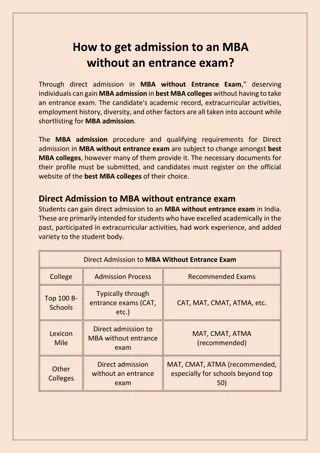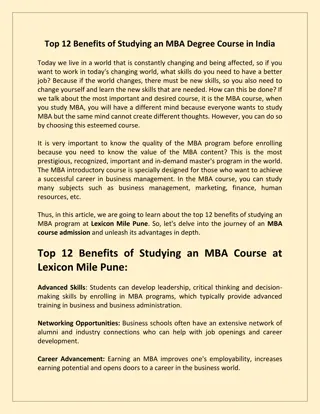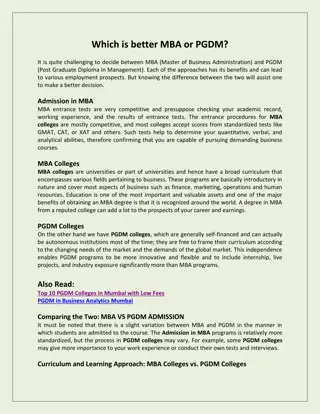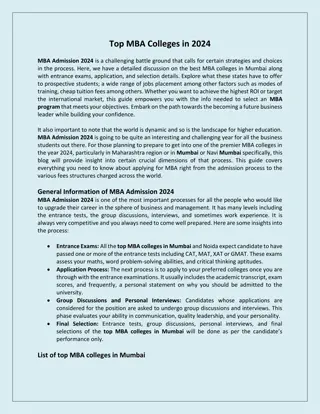
Crafting a Strategic Supply Chain Approach
Discover the critical stages of crafting a supply chain strategy, essential performance attributes, key process drivers for supply chain performance, and insights on aligning supply chain strategy with business objectives for optimized operations and customer satisfaction.
Download Presentation

Please find below an Image/Link to download the presentation.
The content on the website is provided AS IS for your information and personal use only. It may not be sold, licensed, or shared on other websites without obtaining consent from the author. If you encounter any issues during the download, it is possible that the publisher has removed the file from their server.
You are allowed to download the files provided on this website for personal or commercial use, subject to the condition that they are used lawfully. All files are the property of their respective owners.
The content on the website is provided AS IS for your information and personal use only. It may not be sold, licensed, or shared on other websites without obtaining consent from the author.
E N D
Presentation Transcript
INTRODUCTION TO SUPPLY CHAIN STRATEGY Definition: Supply Chain Strategy refers to the long-term planning and decision- making process that drives the design, management, and coordination of supply chain activities. Importance: A well-crafted strategy optimizes operations, reduces costs, and enhances customer satisfaction. Key Goal: Aligning supply chain capabilities with business objectives.
STAGES OF CRAFTING A SUPPLY CHAIN STRATEGY Stage 1: Define Business Strategy Understand company goals, market demands, and target customers. Stage 2: Design the Supply Chain Network Decisions regarding suppliers, manufacturing, distribution, and logistics. Stage 3: Choose Supply Chain Strategy Push or Pull model, Lean or Agile, etc. Stage 4: Plan and Execute Develop detailed plans for demand forecasting, procurement, and inventory management. Stage 5: Continuous Improvement Regularly evaluate and refine the strategy based on performance metrics.
KEY STRATEGY PERFORMANCE ATTRIBUTES Cost Efficiency: Minimizing operational costs while maximizing value. Speed: Quick delivery and responsive service to meet market demands. Quality: Ensuring high-quality products and services. Flexibility: Ability to adapt to changes in demand, supply disruptions, or market conditions. Sustainability: Ethical sourcing, reducing waste, and minimizing environmental impact. Customer Service: Meeting customer expectations and enhancing their experience.
PROCESS DRIVERS OF SUPPLY CHAIN PERFORMANCE Facilities: Location, layout, and capacity of warehouses, factories, and retail locations. Inventory: Management of stock to balance demand with supply. Transportation: Mode of transport and route optimization to ensure timely delivery. Information: Data flow and communication channels that drive decision-making. Sourcing: Supplier selection, contracts, and relationships. Pricing: Strategy for setting prices in response to demand and competition.
ALIGNING THE SUPPLY CHAIN STRATEGY WITH BUSINESS OBJECTIVES The supply chain must complement business goals, like cost reduction, product innovation, or market expansion. Example: If a company s goal is to offer premium products, the supply chain must support high quality and reliability, possibly at the expense of cost efficiency.


